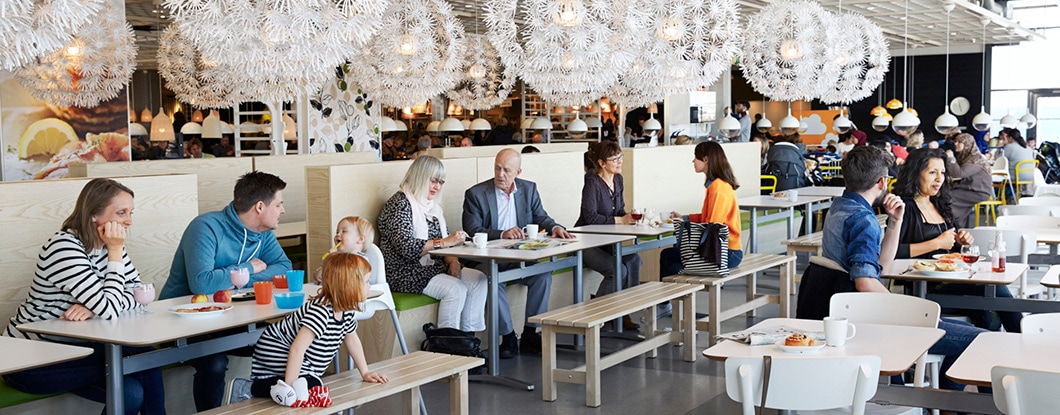After 22 years in China, IKEA has been slow and cautious in its digitalization process. 2016 was the year when IKEA started a small-scale trial operation of its official e-commerce business; 2018 saw the launch of several small programs in cooperation with WeChat; and it was not until this year that IKEA officially launched its official APP and entered Tmall Mall.
Today, IKEA's digital product matrix mainly includes channels such as its official website, Tmall Mall, APP and WeChat mini-programs, covering multiple directions such as retail, membership, after-sales service, furniture customization and brand promotion, as well as piloting urban retail stores in Shanghai to explore a new model of online + offline retail.

We would like to talk about how to transform offline spaces in the face of the digital wave through insight into the changing needs of contemporary consumers and the digital journey of IKEA. What kind of challenges will be encountered on the way of transformation?
1. Exploring multiple space formats for stores
IKEA's Chinese user profile is very similar to that of the new middle class. This group of people has requirements for quality of life, but their budgets are "not in place", and with shorter home improvement consumption cycles, they are willing to trade durability for high value home furnishings.
On the other hand, the trend of socialization in offline consumption has become more apparent in recent years, and "shopping at IKEA" has become a social activity. Some people come to IKEA just to get some life inspiration from the showroom, or go to IKEA with friends to take photos and purchase household items, or even just go to a restaurant to have a meal and walk around the mall, according to IKEA, 30% of customers go to IKEA just to "eat".
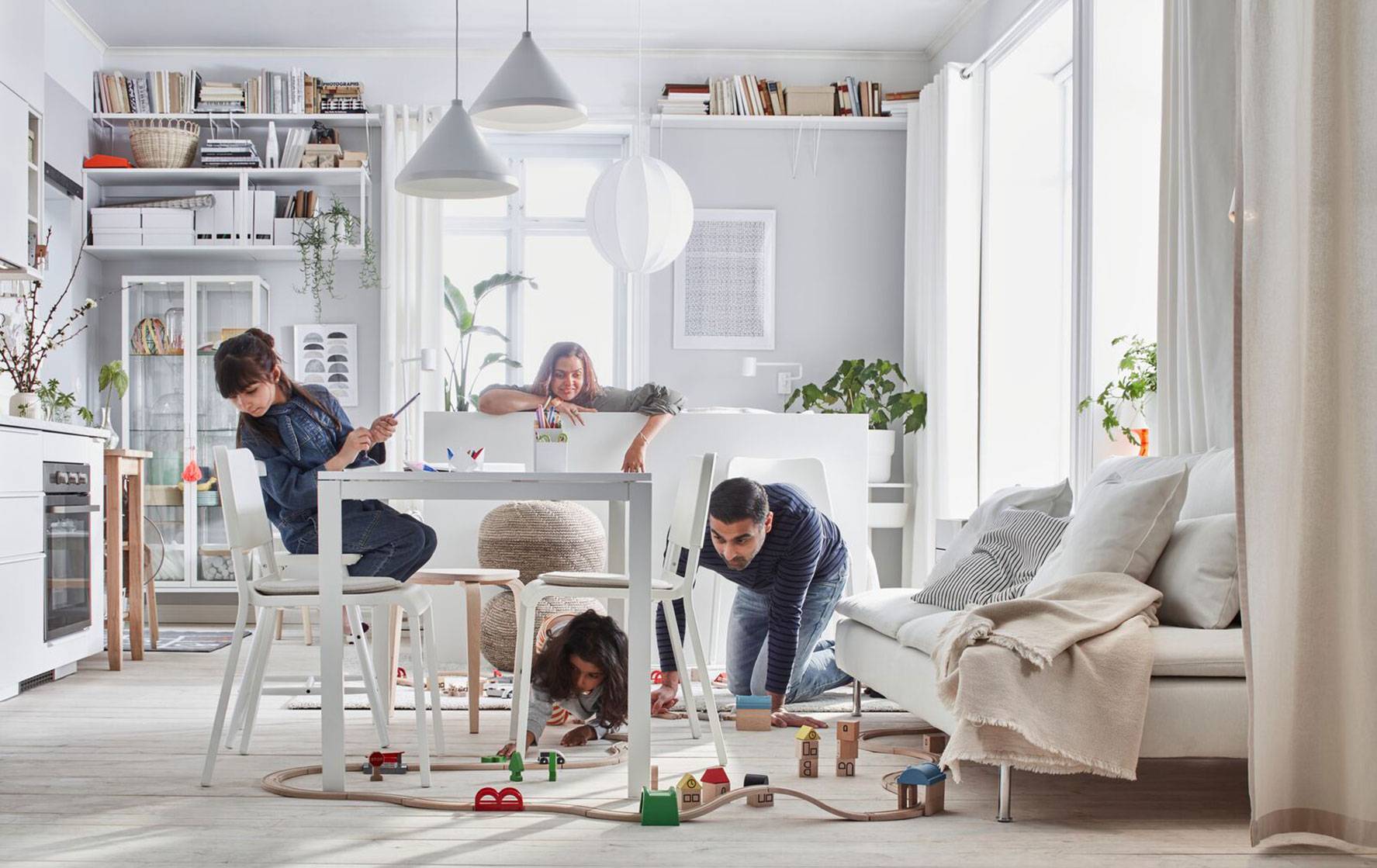
IKEA's traditional stores are located in the outskirts of cities due to storage and pick-up, and the cost of travel and time to get to IKEA is very high.
So IKEA started a new experiment - to open small urban stores in the city center to reduce the cost of going to large shopping malls that are relatively far away, and to make "shopping at IKEA" a regular part of people's daily life.
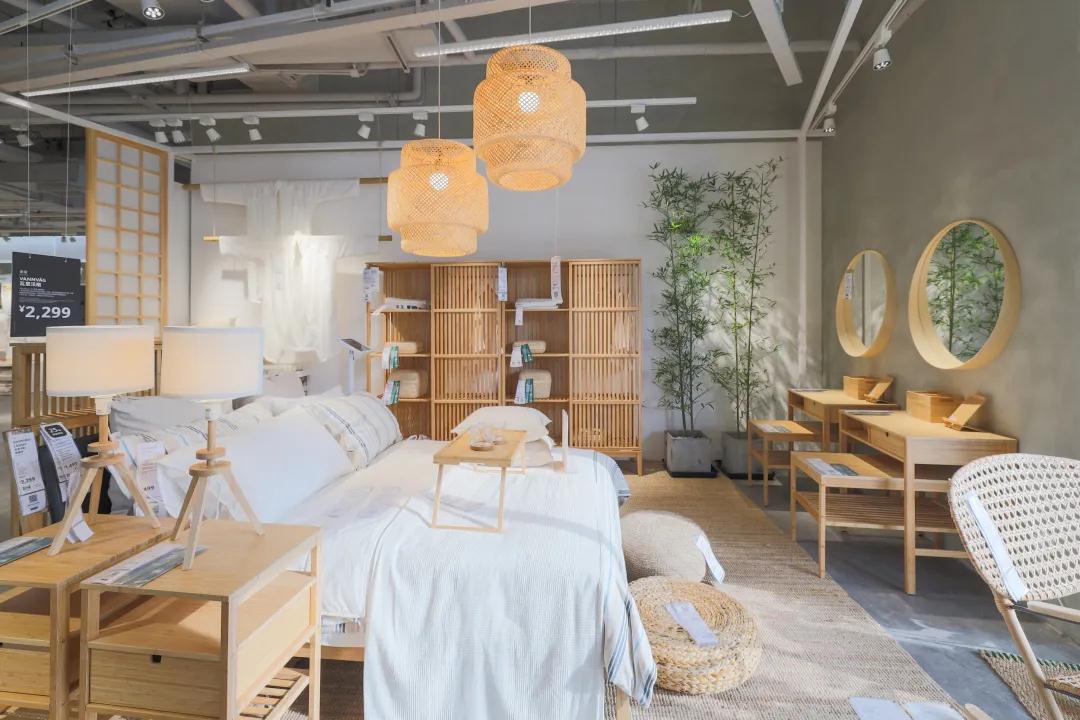
The first city store in China, the Shanghai Jing'an City Store, is basically a smaller version of a traditional IKEA mall, but with a smaller area and a smaller selection of products, not fewer functions. There are 3,500 items on display throughout the store, and other items, along with the 9,500 items currently available at IKEA, can be ordered directly through the official mini-program, encouraging users to experience offline purchases online and enjoy the convenience of home delivery.
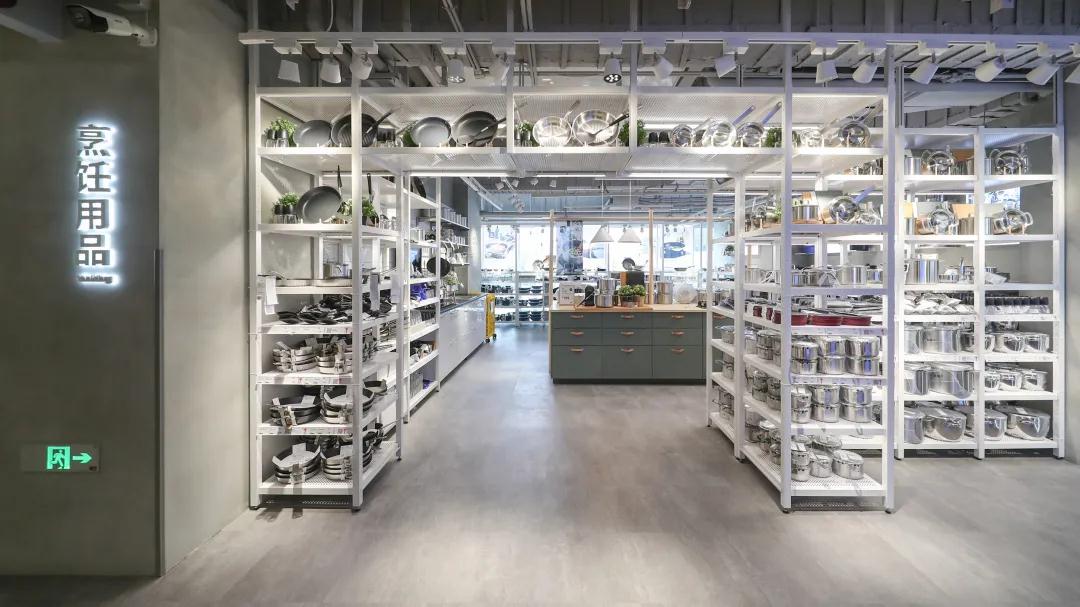
City stores do not have the warehousing component, which also means lower opening costs, and thus can cover more areas in the city. Each store can be precisely positioned according to the characteristics of the surrounding business district and people, allowing the stores to be close enough to consumers' needs and enhancing the ability to impress them.
In addition to traditional stores and city stores, IKEA also has different space formats such as mini-malls, design studios, pick-up stores and flash stores to cover the different needs of consumers for the IKEA brand. Creating diversified offline spaces based on user needs may be the norm for future commercial real estate transformation.
2. "Double line purchase (online and offline)" is popular but not easy to do
Nowadays, the consumption path of people buying furniture products has completely changed, with savvy consumers preferring the "dual purchase" model of offline retail stores + online e-commerce platforms.
In the past, home consumption was mostly achieved in offline stores, where users first went to the store to determine the style and products, and then reached a deal after price comparison and bargaining. Nowadays, young people are used to looking at styles and inspirations online, checking the reputation of related products, locking in brands and specific product models, and placing orders directly online, or going to offline stores to experience them and have them delivered directly to their homes.
IKEA has captured the change in the way people shop - stores no longer need large storage areas and lay out full inventory, encouraging consumers to place orders for large pieces of furniture online and have them delivered to their homes, eliminating many of the hassles associated with pickup and shipping, and triggering more subsequent recommendations and purchases based on online scenarios.
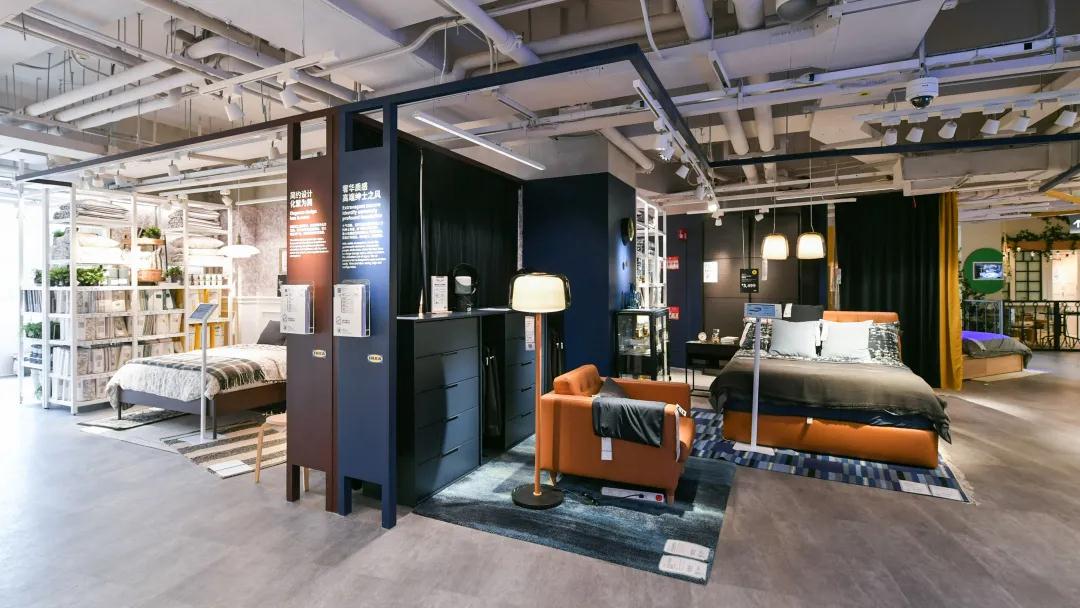
During our visit to the IKEA Guangzhou store, we found that IKEA has intentionally planned several digital touchpoints in the store to channel traffic to online channels to match consumers' changed shopping habits, but the design of these touchpoints and the integration of the corresponding channels are somewhat problematic.
The QR codes and applet codes in the IKEA store we visited alone involved 15 related services: official app, official applet, member club, inspiration plus (online version of Home Guide magazine), customization service, after-sales service, mall guide, online ordering, feedback questionnaire, etc.
Although some of the entrances of the businesses are integrated in the official APP and member club, problems such as duplication of contents, non-connection of processes, no information connection, non-corresponding contents, missing entrances, etc. still exist among the channels.
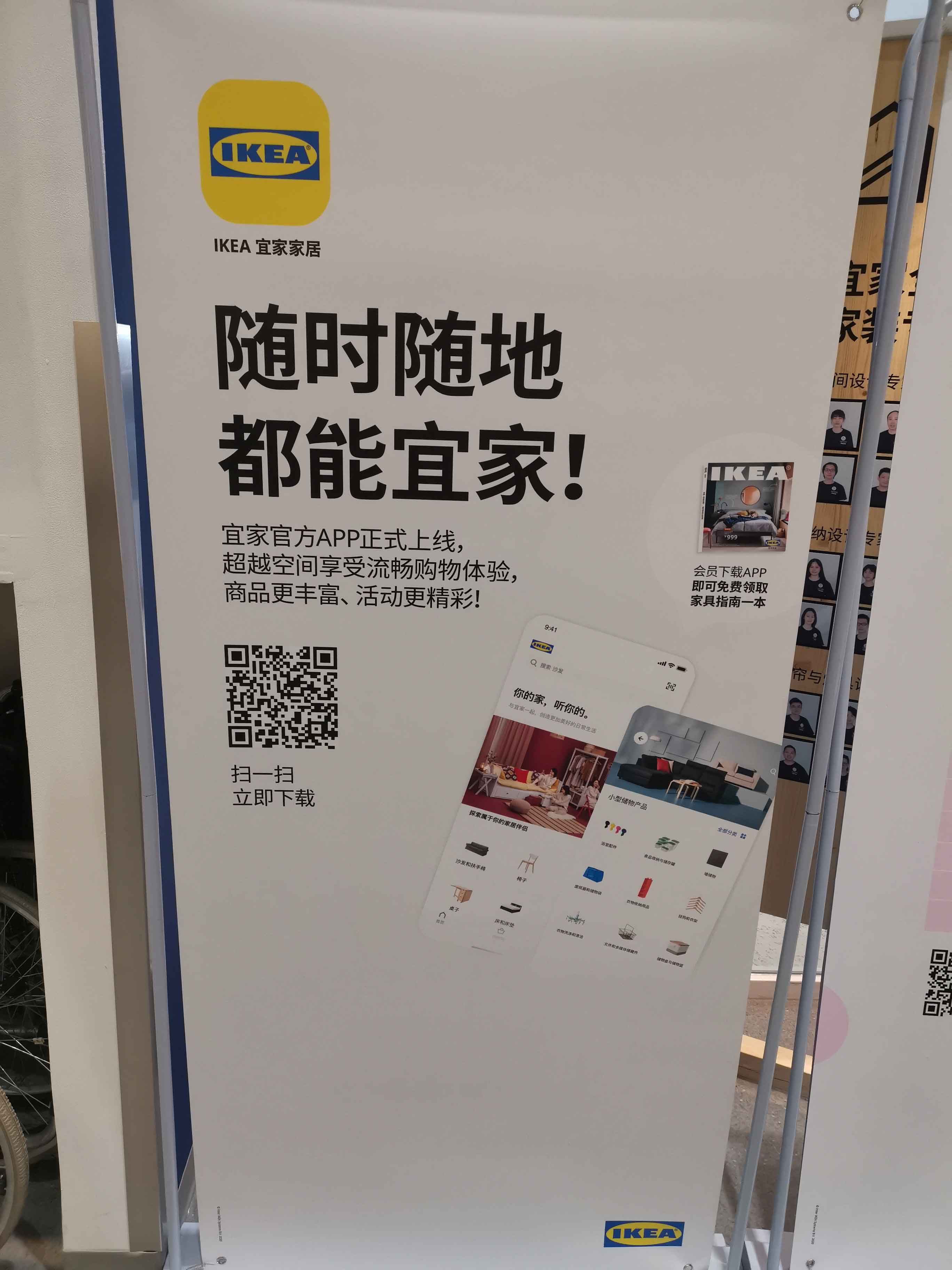
These problems in channels and touchpoints directly lead to users' online journey being impassable and easily lost, forcing them to perform multiple repetitive operations or accidentally losing data. Users originally expected offline experience, online order "dual-line purchase" experience is not met.
3、Move the space to the line
Domestic online shopping cost-effective so that consumers really feel the convenience and efficiency of online shopping, invariably cultivated a new online consumer habits, building materials and home furnishing industry also had to integrate with this trend.
In the early years, businesses still feel that the market for online furniture shopping is not optimistic, because Chinese consumers are very cautious about the quality and price of furniture, and online shopping has always been synonymous with cheap, low-quality. However, with the development of the e-commerce industry, the advantages of online furniture shopping, such as a variety of styles, factory direct sales, tailor-made, free delivery and installation, gradually emerged, loved by young people.
Offline space has gradually become an exhibition ground, go to the mall is to experience, looking for inspiration, order decision instead often happens after shopping, or directly online to complete multiple brand comparison after the decision. Under the influence of this trend, the construction of online channels in shopping malls has become more urgent.
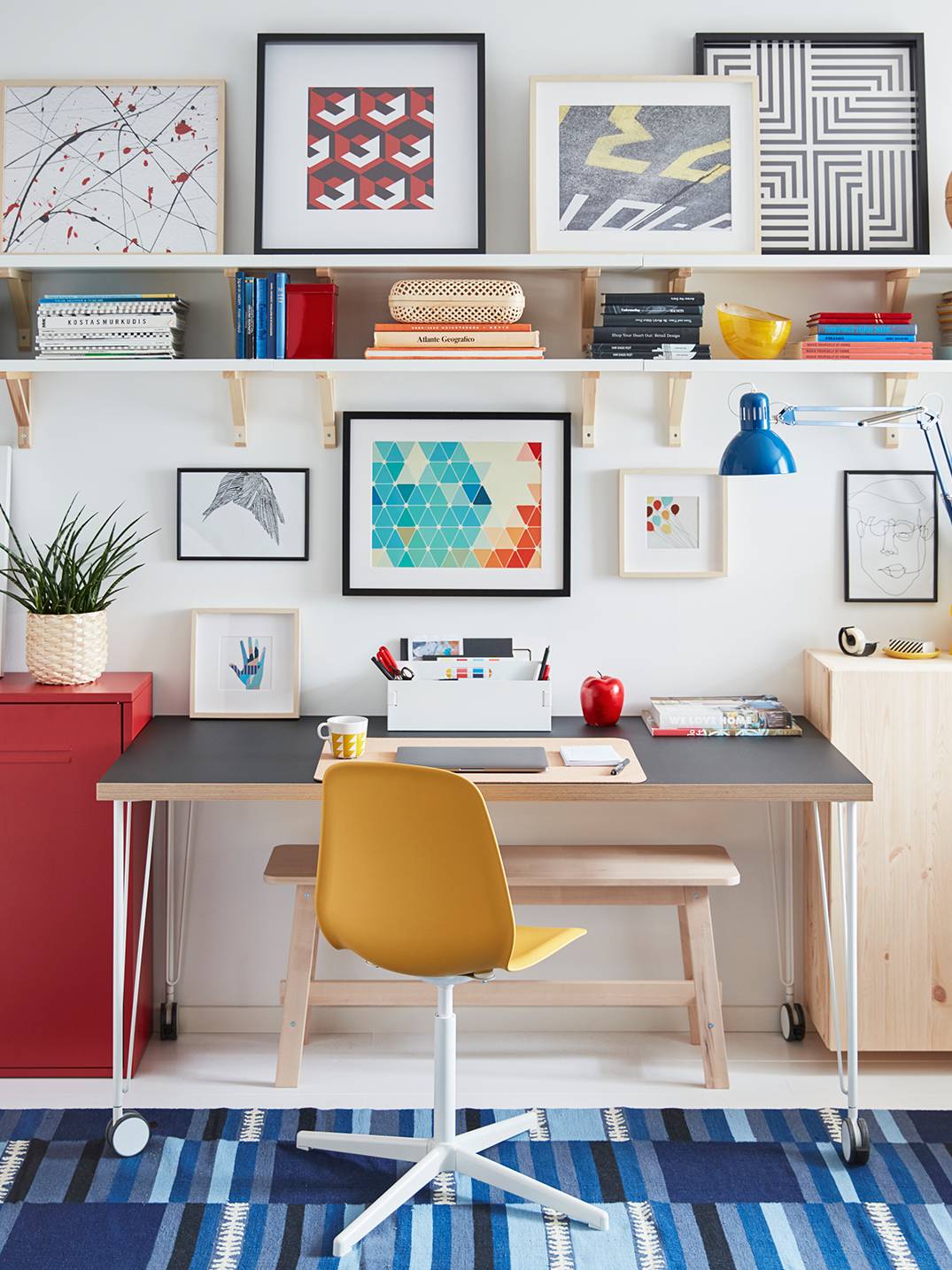
IKEA's Tmall flagship store was officially launched in March this year and is the first official flagship store on a third-party platform, but currently only serves four regions: Shanghai, Jiangsu, Zhejiang and Anhui.
If you are outside of these areas, you can choose IKEA's own APP or small program mall. However, these own channels are indeed "shop first and then match inventory", which means that users are told that they are out of stock or unsupported only when they are ready to check out, which means that their shopping efforts are all for naught.

The regional coverage of online services and product delivery are the most urgent issues that IKEA needs to solve on the road to digitalization. Compared to IKEA's excellent offline dynamic design, online users' purchase journeys are not accessible, complicated to operate, and account information is not connected, all of which are consuming people's expectations of online channels.
In addition, in response to consumer demand for online furniture purchases, the use of VR/AR technology to move scenes online is also a major future space trend. During this year's Double 11, Tmall went online with a 100-story 3D virtual home furnishing city. Consumers lying at home will be able to select their favorite home furnishing products, experience the feeling of real-life shopping, independent matching, one-click shopping, and synchronize to enjoy the preferential promotional prices of brand merchants Double 11, as well as the after-sales service of offline stores.

In conclusion
Digital transformation is not about selling goods through a different channel, but rather upgrading the original operational service capabilities with digitalization to provide consumers with a coherent and personalized seamless omnichannel experience.
Although IKEA's digital transformation started late, its brand advantages, logistics system, and innovative sales scenarios (Inspiration Plus, IKEA showrooms) accumulated over the years will be the cornerstones of its rapid catch-up.
As users' consumption habits and purchasing needs change, it is even more important to grasp the user journey and consumption scenarios. Planning a seamless experience between online channels and offline spaces based on journeys and scenarios is what will create a highly competitive digital retail brand in the market.
